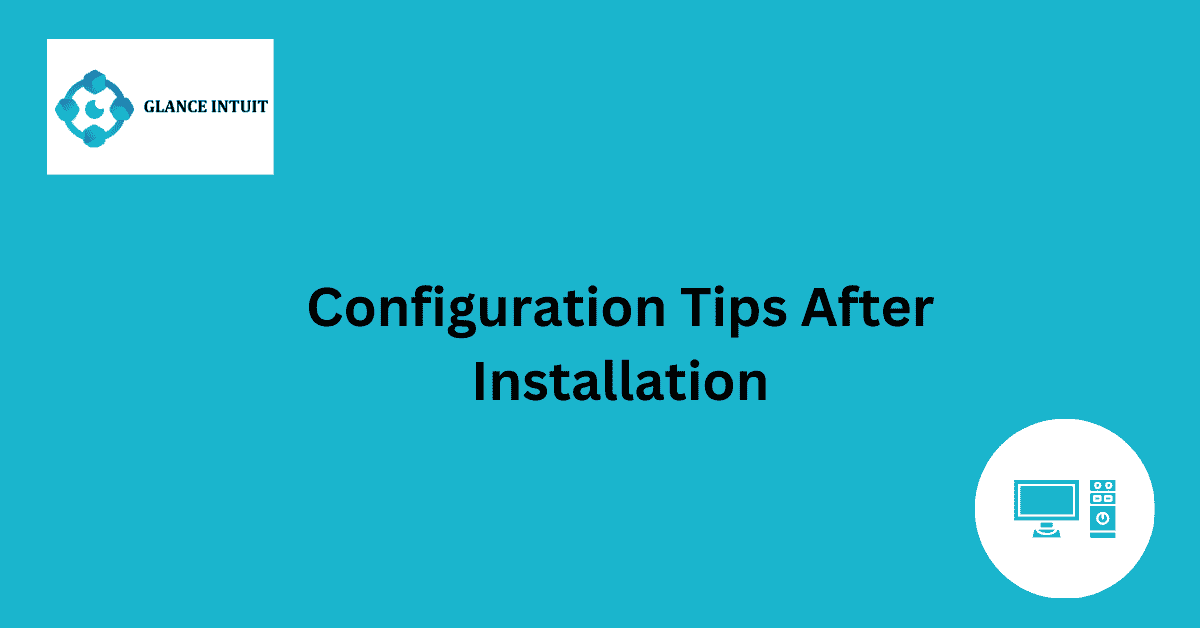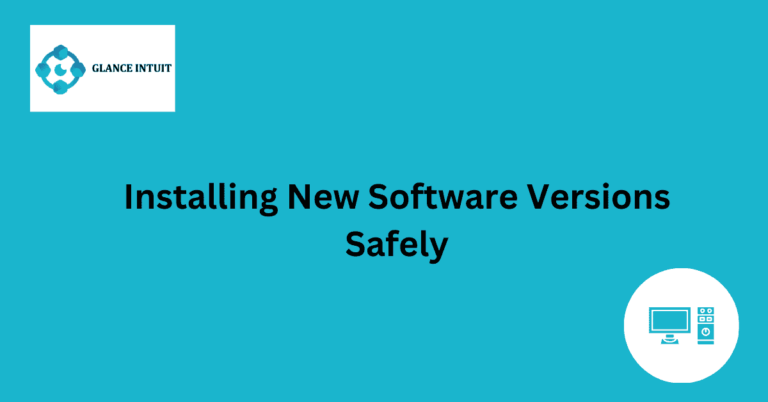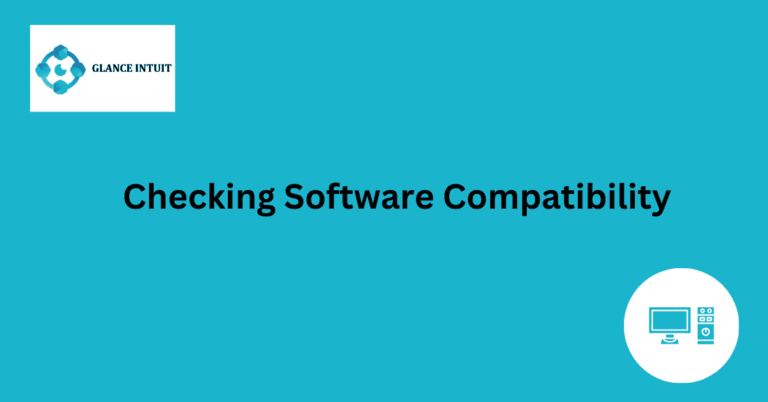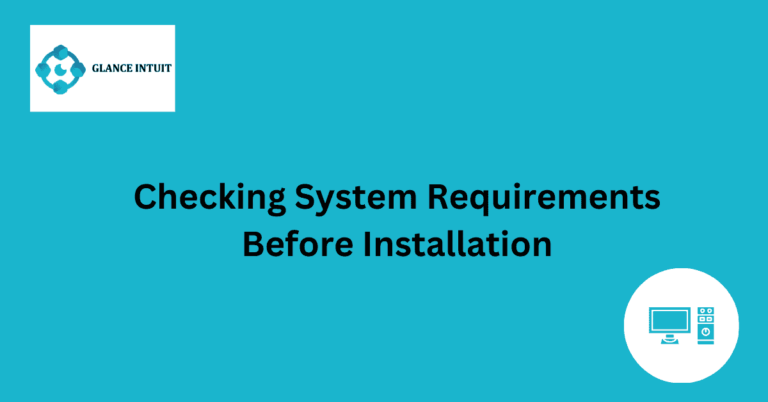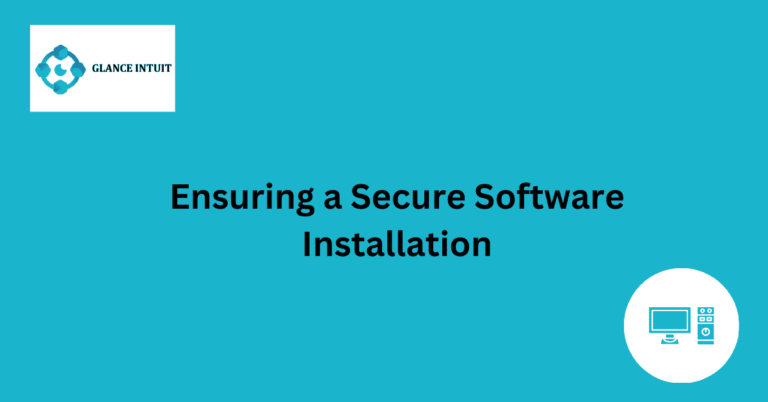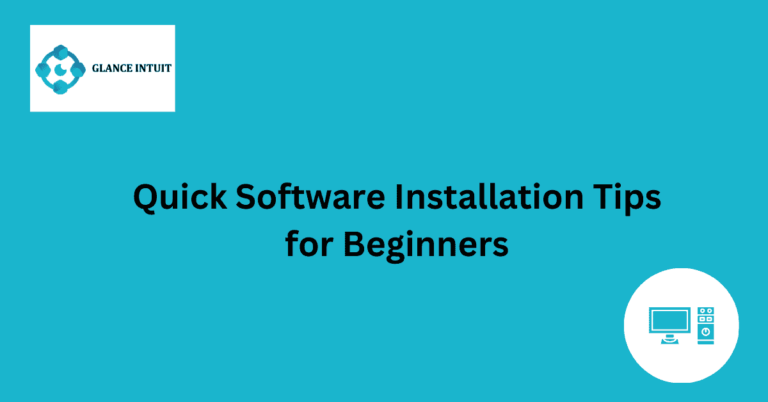Configuration Tips After Installation
After installing the necessary configurations, it’s crucial to ensure that everything is set up correctly to optimize your system’s performance. From adjusting settings to allocating resources efficiently, these initial steps can make a significant difference in how smoothly your system operates.
Remember to regularly check for updates and patches to keep your system secure and up-to-date. By staying proactive and informed about configuration tips after installation, you can enhance your overall user experience and make the most out of your system’s capabilities.
Importance of Proper System Settings
Proper system settings are crucial for ensuring the smooth operation of any device or software. When settings are configured correctly, it can prevent errors, improve performance, and enhance user experience. It is essential to pay attention to system settings to maximize efficiency and productivity.
Efficient Resource Allocation Techniques
Efficient resource allocation involves distributing resources such as memory, CPU, and storage in a way that optimizes performance and minimizes waste. By implementing proper resource allocation techniques, systems can operate more effectively, leading to improved speed and responsiveness.
Maximizing System Performance Through Adjustments
System performance can be maximized by making adjustments to various settings and configurations. By fine-tuning parameters such as cache size, network settings, and power options, users can experience faster processing speeds and smoother operation.
Regular Updates and System Security
Regular updates are essential for maintaining system security and stability. By keeping software and firmware up to date, users can protect their systems from security vulnerabilities and ensure that they are running the latest features and improvements.
Proactive Approach to Configuration Tips
Taking a proactive approach to configuration tips involves anticipating potential issues and implementing preventive measures. By following best practices for system configuration, users can avoid common pitfalls and ensure a seamless experience after installation.
Enhancing User Experience After Installation
Enhancing user experience after installation involves configuring settings and options to meet the specific needs and preferences of users. By customizing the user interface, adjusting accessibility features, and optimizing performance settings, users can enjoy a more personalized and efficient computing experience.
Getting the Most Out of Your System
To get the most out of your system, it is important to explore and utilize all available features and capabilities. By familiarizing yourself with advanced settings, shortcuts, and customization options, you can maximize productivity and efficiency in your daily tasks.
Tips for Optimizing System Capabilities
Optimizing system capabilities involves fine-tuning settings and configurations to achieve peak performance. By following tips for optimizing system capabilities, users can experience faster boot times, smoother multitasking, and improved overall system responsiveness.
Frequently Asked Questions
Our Frequently Asked Questions section aims to provide you with detailed information to enhance your user experience and address commonly searched queries on Google related to Configuration Tips After Installation.
How do I configure my settings after installation?
After installation, navigate to the settings menu where you can customize various options such as themes, notifications, and privacy settings. Make sure to save your changes before exiting the settings page.
Can I change my password after installation?
Yes, you can change your password by accessing the account settings section and selecting the option to change password. Follow the on-screen instructions to update your password securely.
What should I do if my configuration fails to save?
If your configuration fails to save, check for any error messages that may indicate the issue. Ensure you have the necessary permissions to make changes and try saving your configuration again after resolving any errors.
How do I troubleshoot compatibility issues after installation?
If you encounter compatibility issues after installation, check for updates to your software and ensure your system meets the minimum requirements. You can also reach out to our support team for assistance in resolving compatibility issues.
Can I revert to default settings after making changes?
Yes, you can revert to default settings by accessing the reset options in the settings menu. This will restore your configuration to the initial state before any changes were made, allowing you to start fresh if needed.
What are some best practices for optimizing configuration settings?
Optimizing your configuration settings involves understanding the impact of each change on your system’s performance. It’s recommended to make incremental adjustments and test each change to ensure it improves functionality without causing any negative effects. Consult user guide for more tips on optimizing your configuration settings.

